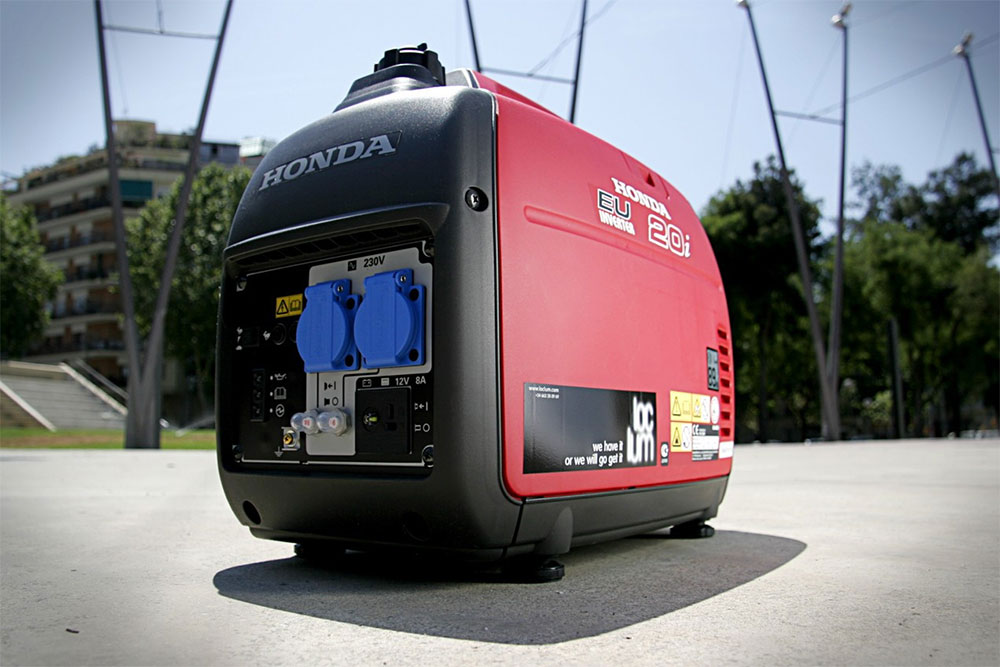Sterilization of cats is a surgical procedure aimed at preventing reproduction. Unlike castration, which refers to the removal of the genital organs of males, sterilization can affect both females and males. However, more often this term is used specifically in relation to females.
Sterilization of females
In females, the sterilization procedure is called ovariohysterectomy, which involves removing the ovaries and uterus. This prevents the cat’s ability to reproduce and eliminates periods of heat, which can be distressing for both the cat and its owners. The procedure is usually performed under general anesthesia and requires a small incision in the cat’s abdomen. Recovery after surgery takes several days, during which special care and attention is required.
Sterilization of males
In males, sterilization is more often called castration and involves the removal of the testes. Spaying your cat not only prevents reproduction, but also reduces testosterone levels, which can reduce aggressive behavior and territorial marking. Surgery in males is less invasive and recovery is usually faster than in females.
Benefits of cat sterilization
- The main advantage of sterilization is the prevention of unwanted pregnancies and reducing the number of stray animals.
- Sterilization reduces the risk of developing various diseases such as mammary tumors, pyometra (infection of the uterus) and ovarian disease in females, and testicular cancer and prostate disease in males.
- Sex removal reduces hormonally driven behaviors such as aggression, roaming, and territorial marking.
Procedure and recovery
Before surgery, the cat must be examined by a veterinarian to ensure its health and the absence of contraindications. After sterilization, the animal needs to be kept at rest, limit activity and monitor the condition of the sutures. Your veterinarian may prescribe pain medications and antibiotics to aid recovery and prevent infections.
Neutering a cat is a big decision that requires preparation and aftercare, but in the long term it brings significant benefits to both the health of the animal and society as a whole.
At what age are cats sterilized
At what age can a cat be sterilized? Cats are usually spayed between 4 and 6 months of age. This period is considered optimal because cats reach sexual maturity at approximately 5-6 months, and early sterilization helps prevent unwanted pregnancies and related problems.
Some veterinarians recommend spaying cats even earlier, starting at 8 weeks, especially if this is done in shelters or for cats that will soon be given away to new families. Early spaying (at 8-12 weeks of age) is also safe and has benefits, such as faster recovery from surgery and a reduced risk of developing certain diseases.
However, the exact age for neutering may depend on the cat’s health and breed, so it’s always best to consult your veterinarian. Your veterinarian will be able to assess your cat’s condition and make recommendations based on her individual needs.
At what age are cats castrated
When can a cat be neutered? Neutering of cats is usually recommended between 4 and 6 months of age. This age is considered optimal as male cats reach sexual maturity around this age and early neutering helps prevent unwanted breeding and associated problems such as wandering, aggressive behavior and territorial marking. However, the exact age for neutering may vary depending on the recommendations of the veterinarian and the individual characteristics of the cat.
At what age can a cat not be sterilized?
Neutering cats is generally considered safe in most cases, but there are certain age-related and medical factors that may make the surgery risky or less recommended.
Young age
Sterilization is usually carried out between 4 and 6 months of age. However, spaying too early, for example before 8 weeks of age, may be associated with increased risks because the kitten’s body is not yet fully developed. Although some shelters practice neutering at 8-12 weeks of age, it is recommended to consult with your veterinarian to determine the optimal age for your cat.
Elderly
Older cats (over 7-8 years of age) may have increased risks associated with anesthesia and surgery. These cats often develop chronic medical conditions such as heart, kidney or liver problems, which can make surgery riskier. In these cases, a thorough examination and consultation with a veterinarian is necessary to evaluate the cat’s health status and possible risks.
Conditions in which sterilization may be contraindicated
- Pregnancy
Sterilization of a pregnant cat is possible, but it is a more complex and risky operation. It is best to sterilize before the cat becomes pregnant.
- Lactation
Sterilization of a nursing cat can be done, but requires special attention so as not to disrupt the feeding process of the kittens.
- Medical problems
Cats with certain medical conditions (such as diabetes, heart, kidney, or liver disease) may have increased risks associated with anesthesia and surgery. In such cases, a thorough examination and, possibly, treatment before surgery is necessary.
Although there is no specific age at which spaying is strictly contraindicated, it is important to consider the general health of the cat and consult with your veterinarian. The veterinarian will be able to assess the risks and determine whether the operation is safe and appropriate in each particular case.
How many years do cats live after sterilization?
Neutering a cat can have a positive effect on the lifespan of cats. Neutered cats often live longer and healthier lives compared to non-sterilized cats. The average lifespan of cats after sterilization can vary greatly depending on various factors, but in general, sterilized cats live between 12 and 15 years, or even longer with good care and a healthy lifestyle.
What do you need to know before sterilizing a cat?
Before sterilizing a cat, it is important to consider several key points.
First of all, determine the optimal age for sterilization of your cat with your veterinarian. It is generally recommended that cats be spayed between 4 and 6 months of age. Early sterilization (before 8 weeks) may not be recommended due to possible problems with physiological maturity.
Give your cat a full physical examination prior to surgery to ensure she is in general health and has no contraindications to anesthesia or surgery.
Discuss the details of the spay procedure with your veterinarian, including the type of anesthesia, possible risks, and post-operative care plan. Prepare a home environment for your cat’s comfortable recovery from surgery and provide the necessary care as recommended by your veterinarian. Monitor your cat’s condition during the recovery period and promptly consult your veterinarian for any changes or complications.




